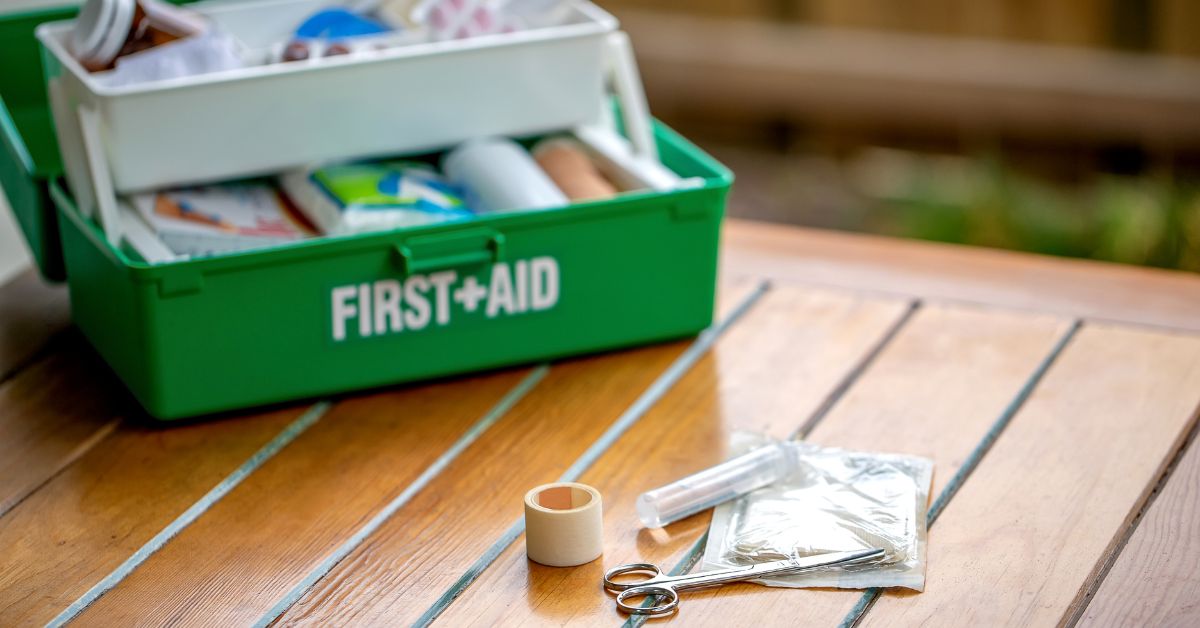As parents, you probably do your best to keep your child healthy, especially when it comes to ensuring they get enough nutrients for strong bones and a healthier immune system.
But what if you unknowingly might be giving them too much of it?
Vitamin D is essential for kids, particularly helping their bodies absorb calcium and build strong bones. Moreover, it also supports the immune system and plays a significant role in regulating their mood.
However, just like anything in excess, too much Vitamin D can also lead to serious health issues, or in simple words, Vitamin D toxicity.
So, how much Vitamin D is actually too much for kids? And what happens when they get an overdose? Read this article to explore the signs and side effects of Vitamin D toxicity in kids.
How Much Vitamin D Do Kids Really Need?
The recommended daily intake of Vitamin D usually varies depending on age:
- Infants (0–12 months): 400 IU (10 mcg) per day
- Children (1–18 years): 600 IU (15 mcg) per day
According to the National Institutes of Health (NIH), the tolerable upper intake level—the maximum daily amount considered safe—is:
- 1,500 IU (37.5 mcg) for infants
- 2,500 IU (62.5 mcg) for children aged 1–3 years
- 3,000 IU (75 mcg) for children aged 4–8 years
- 4,000 IU (100 mcg) for kids and teens aged 9–18 years
Exceeding these limits frequently can lead to Vitamin D toxicity. This condition significantly impacts the body’s ability to regulate calcium levels.
Symptoms of Too Much Vitamin D in Kids
Excess Vitamin D causes high calcium levels in the blood, known as hypercalcemia. This condition can result in a range of symptoms, including:
Nausea, Vomiting, and Stomach Pain
One of the earliest signs of too much Vitamin D in kids is digestive distress. Kids might experience nausea, vomiting, constipation, and stomach pain. This typically happens because excess calcium can end up irritating the digestive system.
Excessive Thirst and Frequent Urination
When calcium levels in the blood rise too high, the kidneys also have to work more to filter it out. This eventually leads to increased urination and constant thirst, which could sometimes, however, be mistaken for dehydration.
Fatigue, Irritability, and Mood Swings
Excess Vitamin D can also impact your little one’s energy levels and mood. If your child frequently seems fatigued or unusually irritable, high calcium levels might be the reason.
Poor Appetite and Weight Loss
Too much Vitamin D can make kids lose interest in food. Over time, this loss of appetite may lead to weight loss and nutrient deficiencies. The reason? Their bodies aren’t actually absorbing food properly.
Muscle Weakness and Bone Pain
Surprisingly, while Vitamin D is synonymous with stronger bones, too much of it can actually weaken them. Yes, it’s true. Excess calcium can interfere with normal bone metabolism, which leads to bone pain, stiffness, and muscle weakness.
Kidney Problems and Calcium Deposits
Long-term Vitamin D toxicity may also cause calcium to build up in the kidneys, which forms kidney stones or may even result in kidney damage. In extreme cases, calcium can also get deposited in the heart, lungs, and blood vessels, resulting in more serious complications.
Final Thoughts
Vitamin D is essential for good health in kids, but too much of it can do more harm than good. And many parents may unknowingly over-supplement without realizing it. The key is to ensure the recommended limits, check supplement labels, and recognize early symptoms of Vitamin D toxicity when it comes to keeping your child safe and healthy. However, if your child is experiencing persistent nausea, extreme thirst, fatigue, or unusual irritability, consult a pediatrician immediately.









